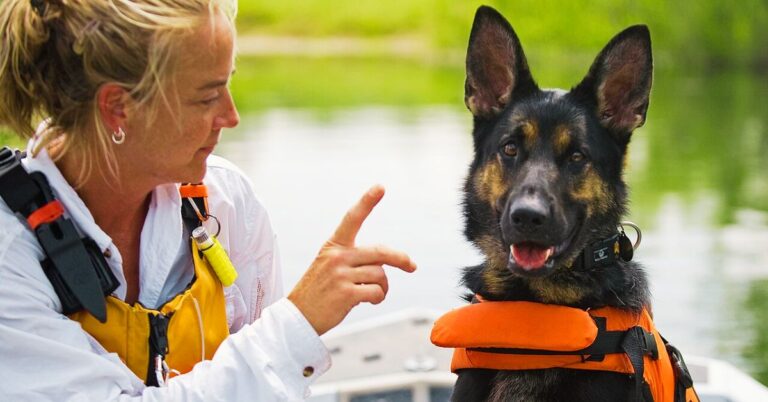10 Wild Truths About America’s Dingo

Nicknamed “America’s Dingo” for its free-roaming lifestyle and ancient genetic markers, the Carolina Dog blurs the line between wild animal and household pet. It wasn’t bred in kennels—it was discovered in the wild, roaming the Southeastern U.S. like its distant dingo cousins in Australia. The breed’s origins, behaviors, and instincts set it apart from anything else found in backyards today. Here are 10 wild truths that reveal just how rare and remarkable this canine truly is.
Ancient DNA Ties
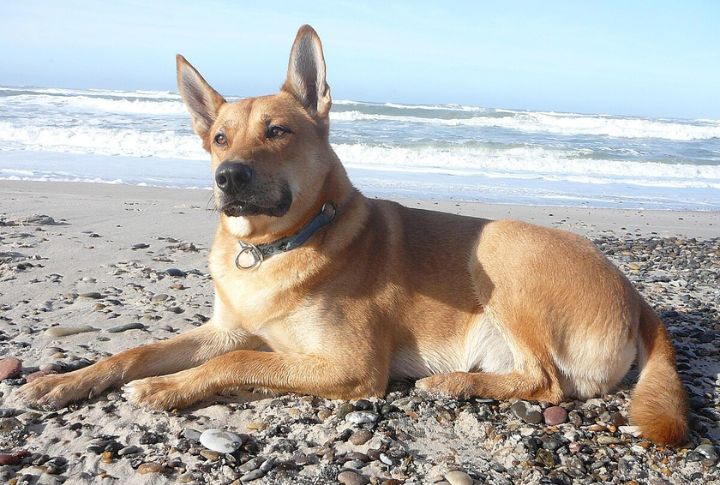
Some dogs carry stories in their eyes; Carolina Dogs carry them in their genes. Genome testing reveals a connection to East Asian wolves that links them to Southeast Asia thousands of years ago. These markers are rare and passed down like heirlooms from a time before Columbus ever crossed an ocean.
Survival Is Skill
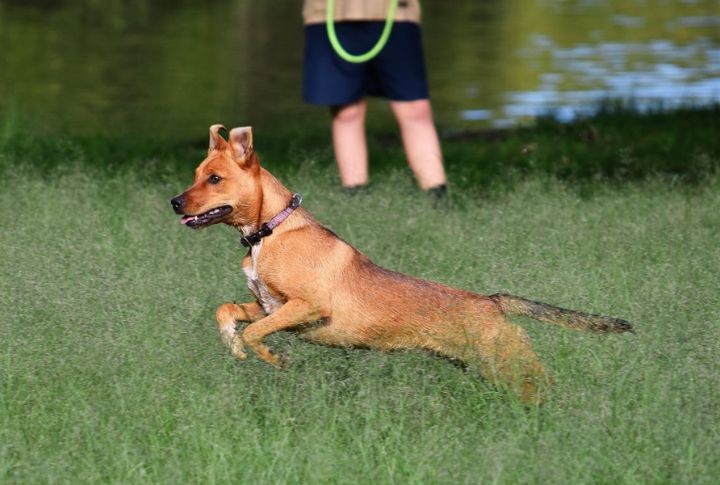
Carolina Dogs don’t wait for handouts—they rely on sharp instincts honed over generations. They sniff out insects and react fast to sudden threats. Agile and alert, they adapt to changing conditions with ease, using both brains and brawn to stay one step ahead in the wild.
The Coyote-Like Call
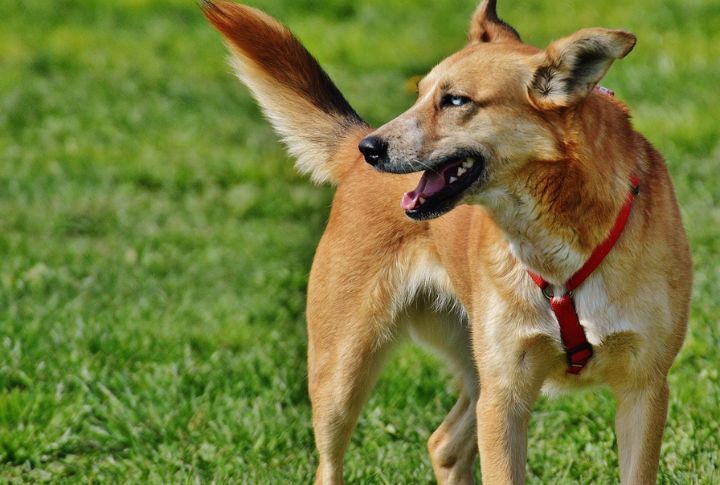
Forget growls and barks for a second. Carolina Dogs communicate with a vocal blend of howls and something entirely unique: a rhythmic, rising “yodel.” It’s regional and eerily similar to the calls of coyotes. Pups pick it up from older dogs, like learning a dialect.
Native Lore
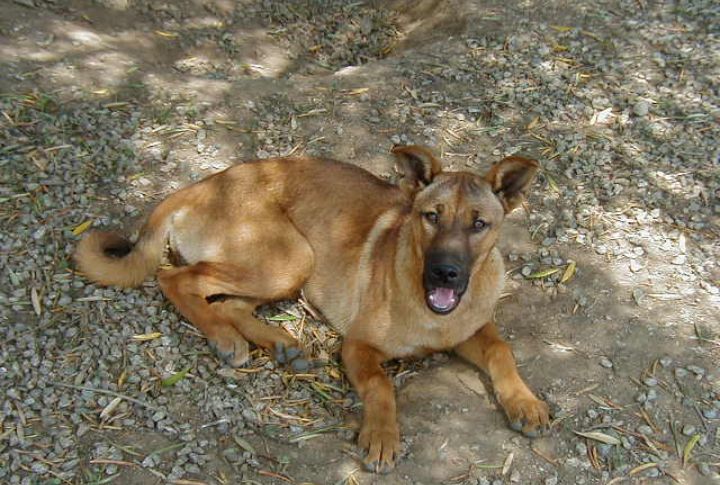
In tribal stories, Carolina Dogs were more than companions—they were sacred guides. Some Indigenous communities believed their howls warded off the darkness, and their presence helped spirits cross safely. Ancient carvings suggest they held a protective, almost mystical role in Native culture.
Built For Southern Swamps And Pines
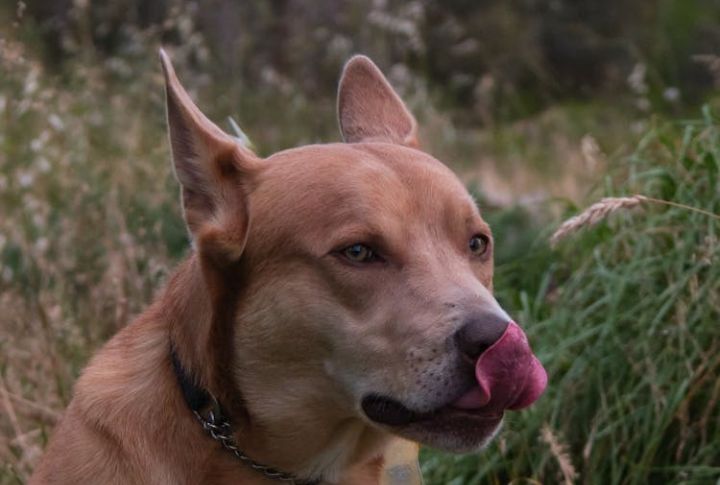
The breed thrives in the Southeastern U.S. because it’s built for the region’s toughest elements. Its short coat releases heat quickly, and its sharp nose cuts through thick, humid air. Moreover, tough paw pads grip hot earth and forest floors, while its eyes adjust easily to dim woods and muggy twilight.
Nature’s Pest Control
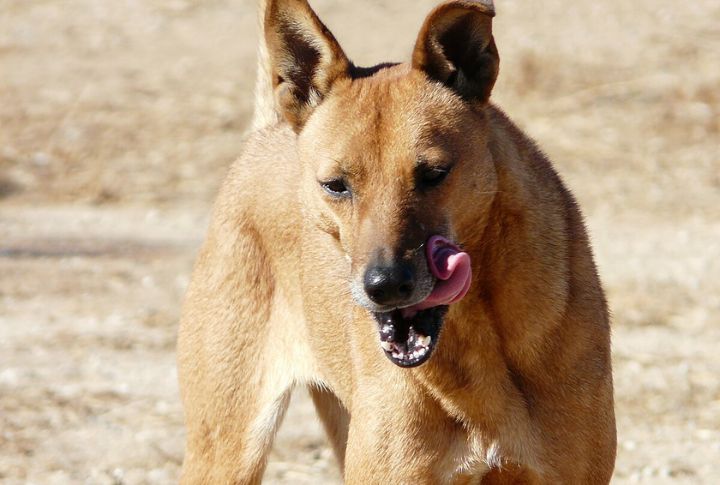
Balance matters in the wild, and this breed quietly helps maintain it. The pups have foraging curbs rodent populations, which keep small mammals from overrunning crops or native plants. Instead of competing with apex predators, they fill a different role, one that the ecosystem seems to remember.
Unbothered And Observant

Toss a ball, and a Carolina Dog might just blink. These dogs rarely go for playthings and don’t rush to greet strangers, either. Instead, they watch and rely on their own judgment. That wild-born self-direction can baffle owners hoping for a tail-wagging people-pleaser.
Clean Instincts Passed Down
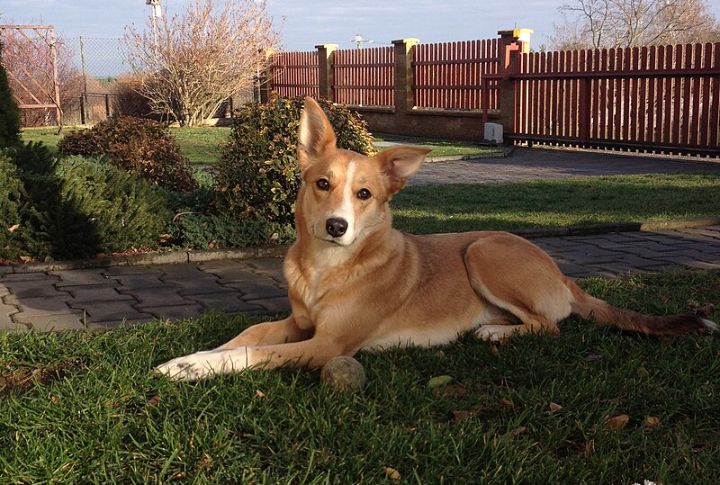
Carolina Dogs bury their waste using their noses, not paws, moving in a circle to fully cover it with sand. This isn’t casual scratching—it’s a precise, consistent behavior seen across the breed, likely developed to avoid predators or mark territory discreetly.
Packs That Play By Their Own Rules
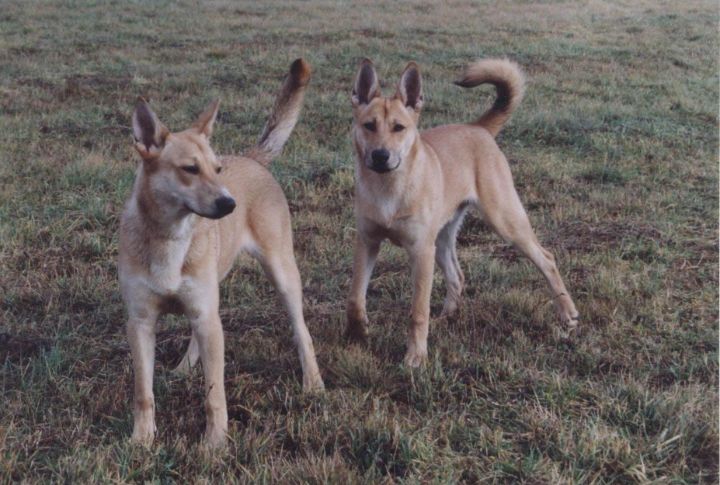
Carolina Dogs form tight-knit, low-drama packs. The canines don’t gather in large numbers like wolves. Instead, smaller groups mark territory with scent signals and fall into quiet hierarchies. Dominance is expressed through posture and motion. In some packs, even non-mothers help raise the pups.
Unique Way Of Reproduction
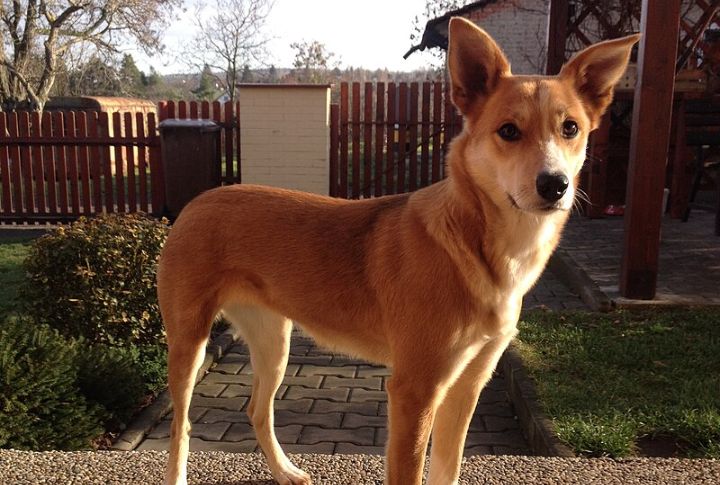
These fellows tend to breed when food is plentiful, aligning litters with the rhythms of the land. High pup mortality means only the sharpest instincts pass on. Mothers guard their dens with fierce resolve, while some males step in to carry, feed, and even shield the young.



